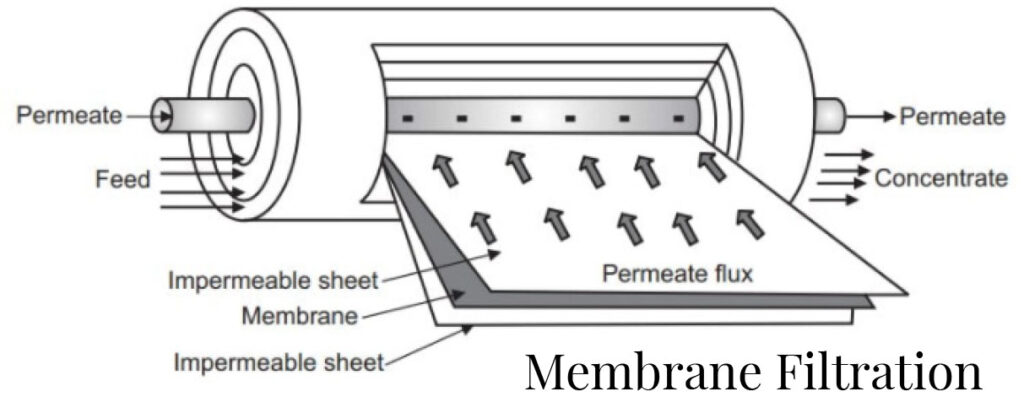Upgrading the Water Quality Monitoring System in Brunei Darussalam

Overview
The upgrade of Brunei’s water quality monitoring system and the analytical laboratory at Tasek has significantly enhanced water quality assessment, laboratory capabilities, and data management. Key improvements include installing 15 sampling cabinets, introducing advanced bacteriological testing equipment, and deploying wireless-networked computers with customized software at the Department of Water Services (DWS) Task Office.
Significance of the Study
A primary objective of the upgrade was to achieve ISO/IEC 17025:2005 accreditation, ensuring laboratory operations meet international standards. The Tasek Water Services Laboratory enhanced proficiency testing, equipment calibration, and personnel training. While ISO accreditation for physical and chemical testing was granted in April 2007, bacteriological accreditation was postponed. Extensive training in laboratory techniques, field sampling, and quality control further improved operational efficiency.

Source of Raw Water & Its Treatment
Brunei’s water supply primarily depends on runoff river sources, which experience quality degradation during monsoon seasons due to high levels of natural organic matter, iron, and manganese. Six treatment plants operate using conventional processes, though issues with turbidity and color persist.
To address these challenges, alternative treatments such as ozonation, potassium permanganate dosing, and membrane filtration have been explored. In rural areas, multi-stage filtration is favored to minimize health risks associated with chlorination. Additionally, water resource protection measures—including catchment management, land use regulations, and pollution control—have been recommended.
Water Quality Monitoring System
Brunei’s water quality monitoring system faced challenges related to infrastructure and manpower. Upgrades included sampling cabinets, field test kits, and random quality checks. A total of 300 sampling stations were required, with 50 positioned at reservoirs.
To enhance contamination detection and response, online monitoring was introduced to provide near real-time data. However, high costs and technological constraints remain limiting factors. A GIS-based distribution network model was recommended to optimize monitoring locations and assess risks. Pilot studies at the Bukit Barun and Layong supply sites focused on monitoring residual chlorine, turbidity, and pH levels.


Data Processing and Record-Keeping
A database management system (WAQPIS) was developed for data processing and record-keeping, integrating four wireless-networked computers at DWS. The system was customized to include GIS-based water system data, initially covering only Brunei-Muara and Tutong Districts. Meanwhile, Temburong’s water supply system was manually digitized and integrated. A 12-month technical support period was allocated to refine user preferences and resolve system issues.
These upgrades represent a major advancement in Brunei’s water quality monitoring and management, significantly improving safety, accuracy, and efficiency in water supply operations.